For generations, owning a car has been an essential part of the American lifestyle, symbolizing freedom and independence.
However, in 2024, this critical aspect of the American dream is under threat. The aftermath of the pandemic has made cars, insurance, and repairs significantly more expensive, pushing the dream of car ownership out of reach for millions.
Record Highs in Car Prices
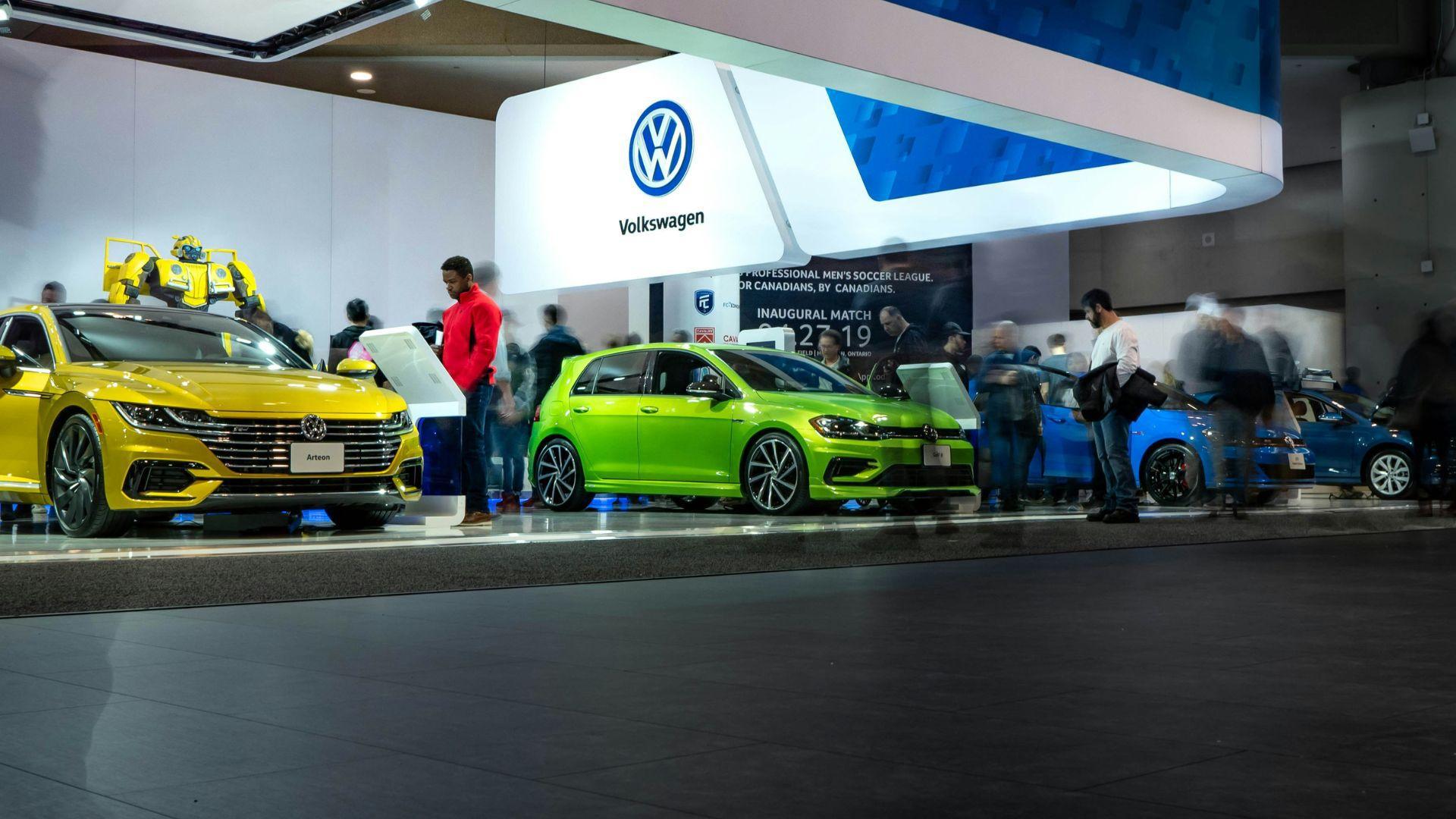
During the pandemic, the automobile industry faced unprecedented challenges, including supply chain disruptions and a shortage of chips, which contributed to a significant increase in the prices of both new and used cars.
According to data from CoPilot shared with Newsweek, since 2020, new car prices have surged by 30%, while used car prices have experienced a 38% increase.
New and Used Car Market Dynamics

The affordability of cars has deteriorated further, with only 10% of new car listings priced below $30,000 and just 28% of used cars under $20,000, as reported by Newsweek.
This shift in the market reflects a broader trend towards less affordable vehicles, complicating the ability for average consumers to purchase cars.
The Income Gap in Car Affordability
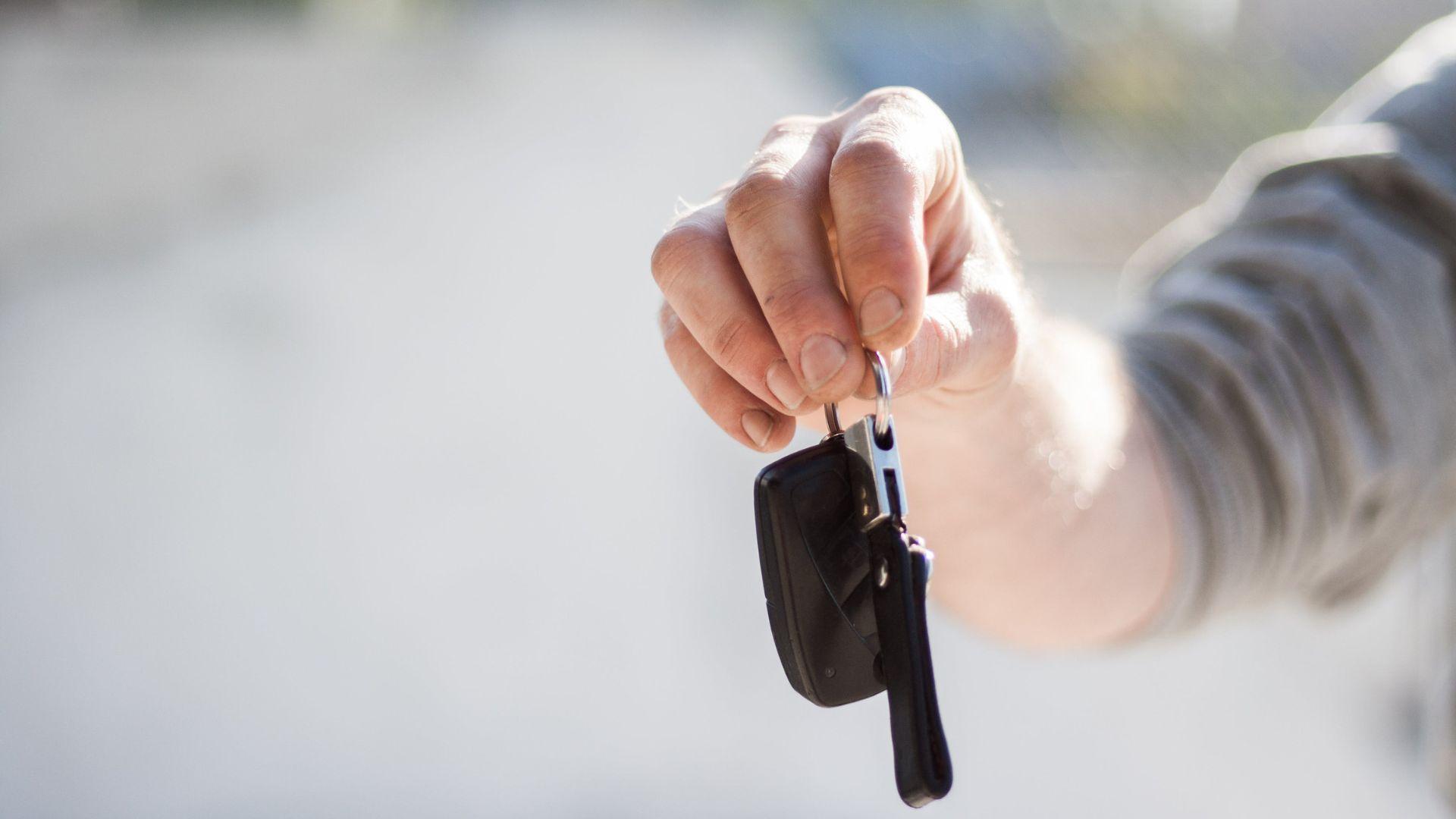
MarketWatch reports that Americans now require an annual income of at least $100,000 to comfortably afford a car, adhering to the standard budgeting advice of not spending more than 10% of one’s monthly income on car-related expenses.
Newsweek reports that this criterion places car ownership beyond the reach of over 60% of American households.
The Challenges of Car Buying in 2023

CoPilot CEO Pat Ryan told Newsweek, “There’s no doubt about it, 2023 was one of the most challenging years to buy a car, especially for more budget-conscious consumers.”
Prices remained high throughout the year, with little movement from their peak levels. This situation was further exacerbated by multiple interest rate hikes, reducing the availability of affordable deals for car shoppers.
Explaining the Rise in Car Prices

Joseph Yoon, a consumer insights analyst at car consumer guide Edmunds, attributed the steep increase in car prices to the pandemic’s disruption of manufacturing supply chains and a surge in consumer demand, as detailed in Newsweek.
This imbalance led to a significant price inflation for vehicles, as dealers faced high demand for a limited inventory of cars, especially for more profitable, higher-trim models.
The Shift Towards SUVs and Trucks

The Guardian reports that the American automotive market has seen a notable shift away from smaller, more affordable vehicles towards the production of expensive SUVs and trucks.
This change, driven by consumer preferences and automakers’ strategic decisions, has led to the discontinuation of cheaper vehicle options, further narrowing the choices for budget-conscious buyers.
Personal Story of Car Affordability Challenges
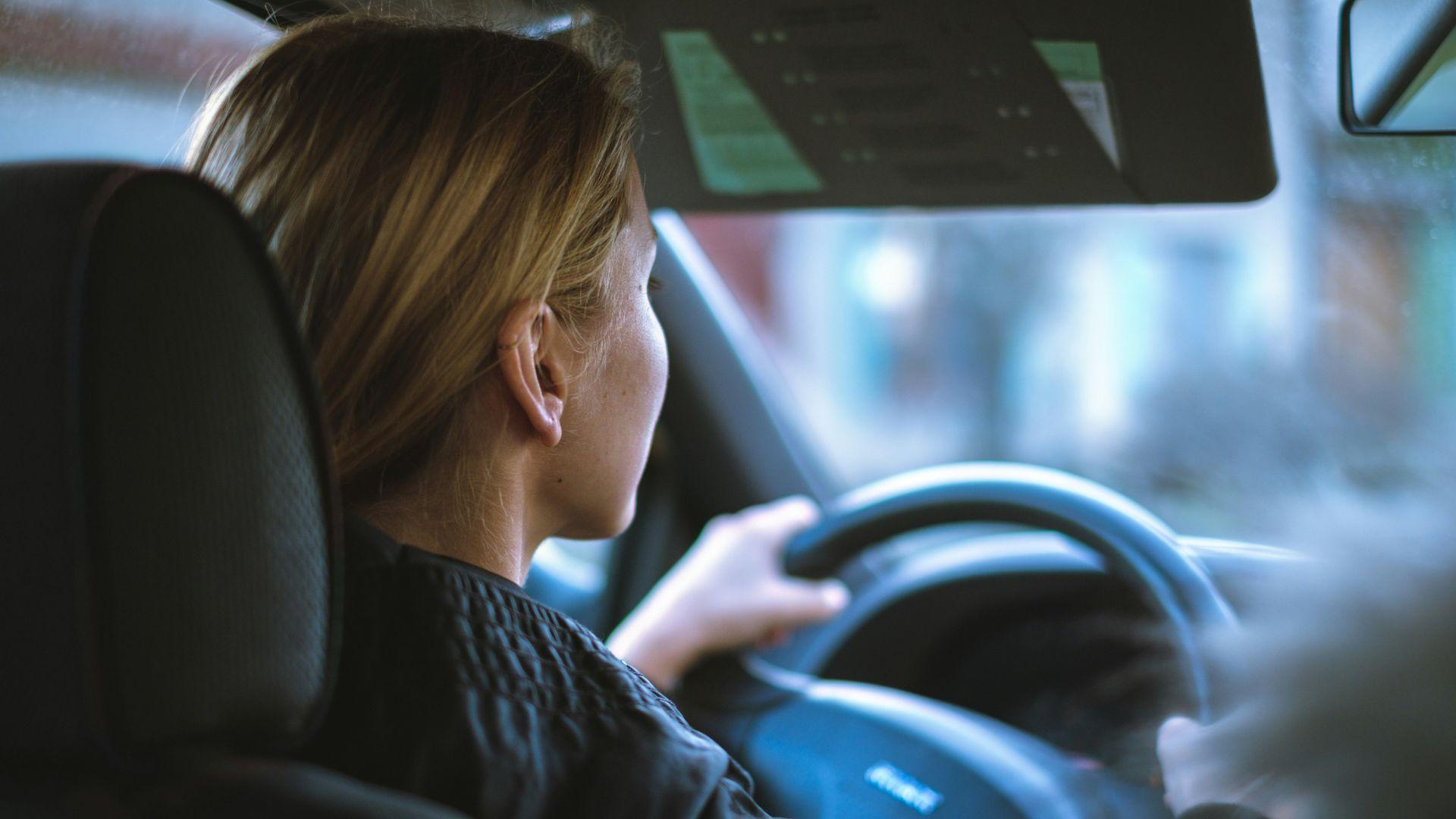
The Guardian highlights Ceola Luna’s experience, which illustrates the personal impact of the rising cost of car ownership. After her car was deemed too old for Lyft, she faced joblessness and struggled to afford repairs for her vehicle.
The soaring prices of new and used cars has made it difficult for individuals like Luna to find affordable transportation options.
Rising Costs of Car Maintenance
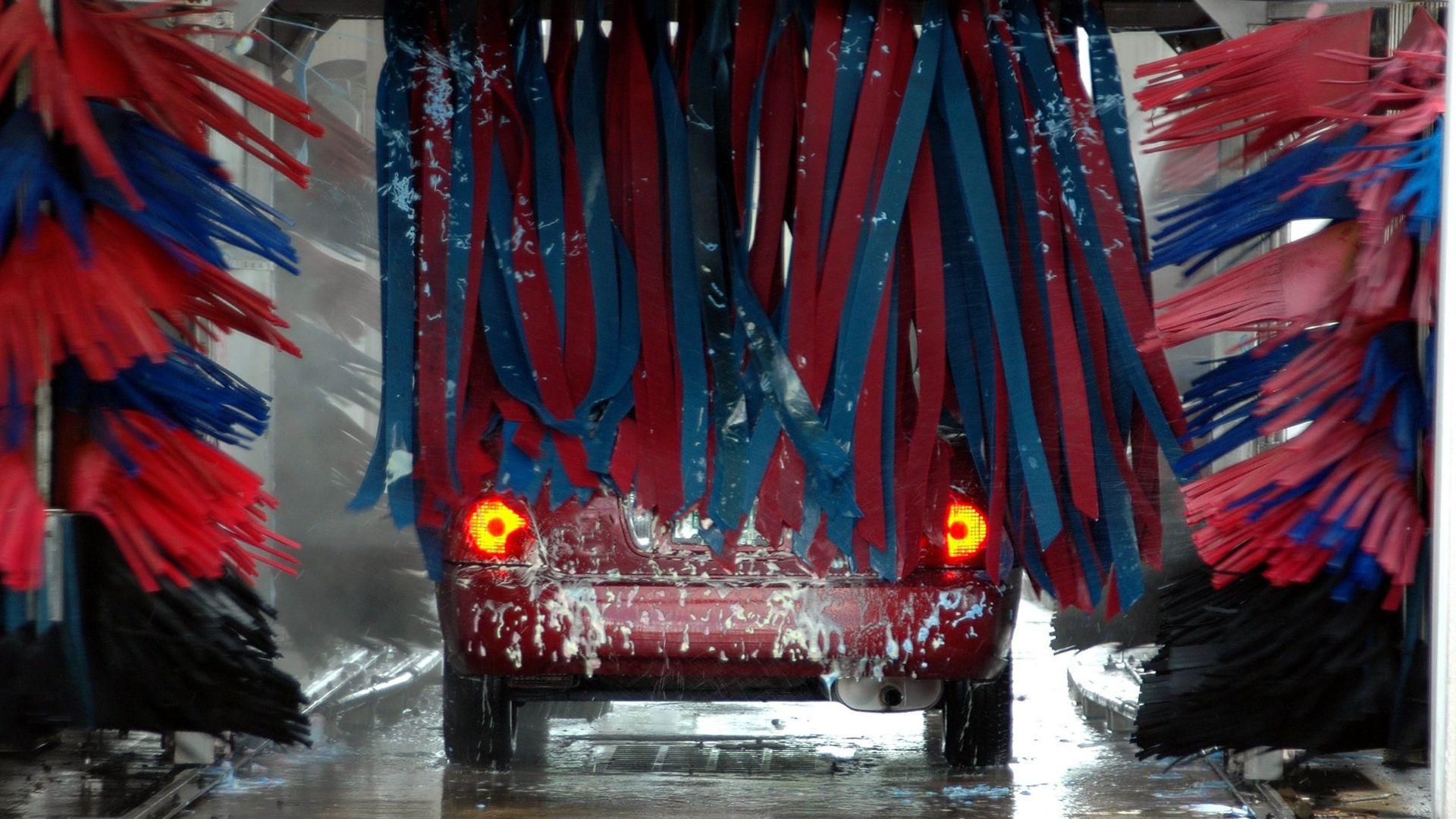
The cost of owning a car extends beyond the purchase price, encompassing maintenance, insurance, and even routine services like car washes.
These expenses have risen sharply, placing additional financial pressure on car owners. For example, Ben Valdez, an Uber driver, shared with The Guardian how maintenance costs have significantly increased, impacting his earnings. He said, “Three years ago, I was probably paying as little as $50 for an oil change. Now I’m looking at no less than $100, and I’ve seen it as high as $150 for just four quarts of synthetic oil.”
Surge in Car Insurance Rates
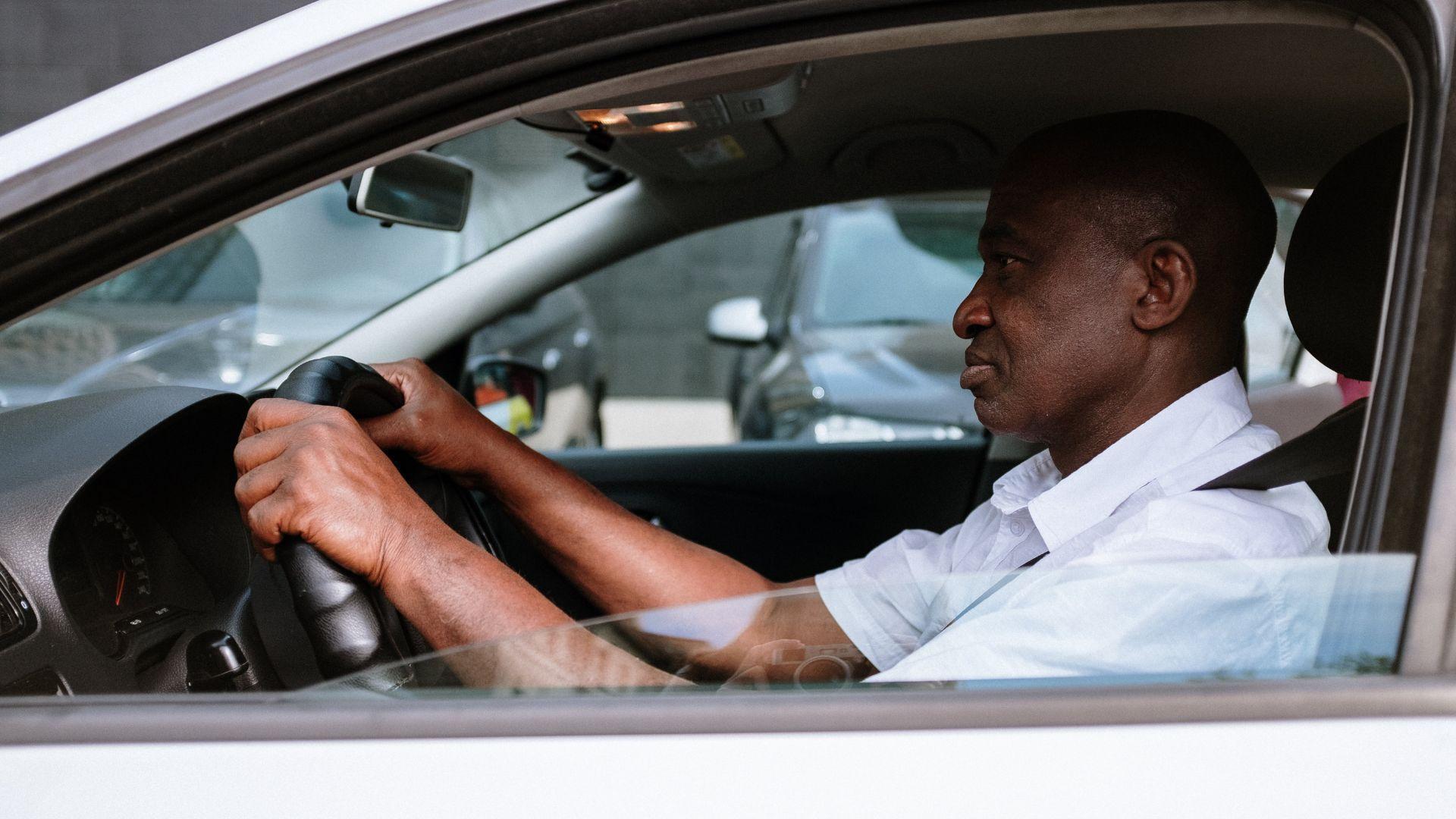
Data from the US Bureau of Labor Statistics showed that car insurance rates saw a significant increase, rising more than 14% between the end of 2021 and 2022, before jumping another 20% by the end of 2023.
This surge in insurance costs adds another layer of financial burden for car owners, making it increasingly difficult to afford the total cost of car ownership.
The Importance of Car Ownership for Job Access
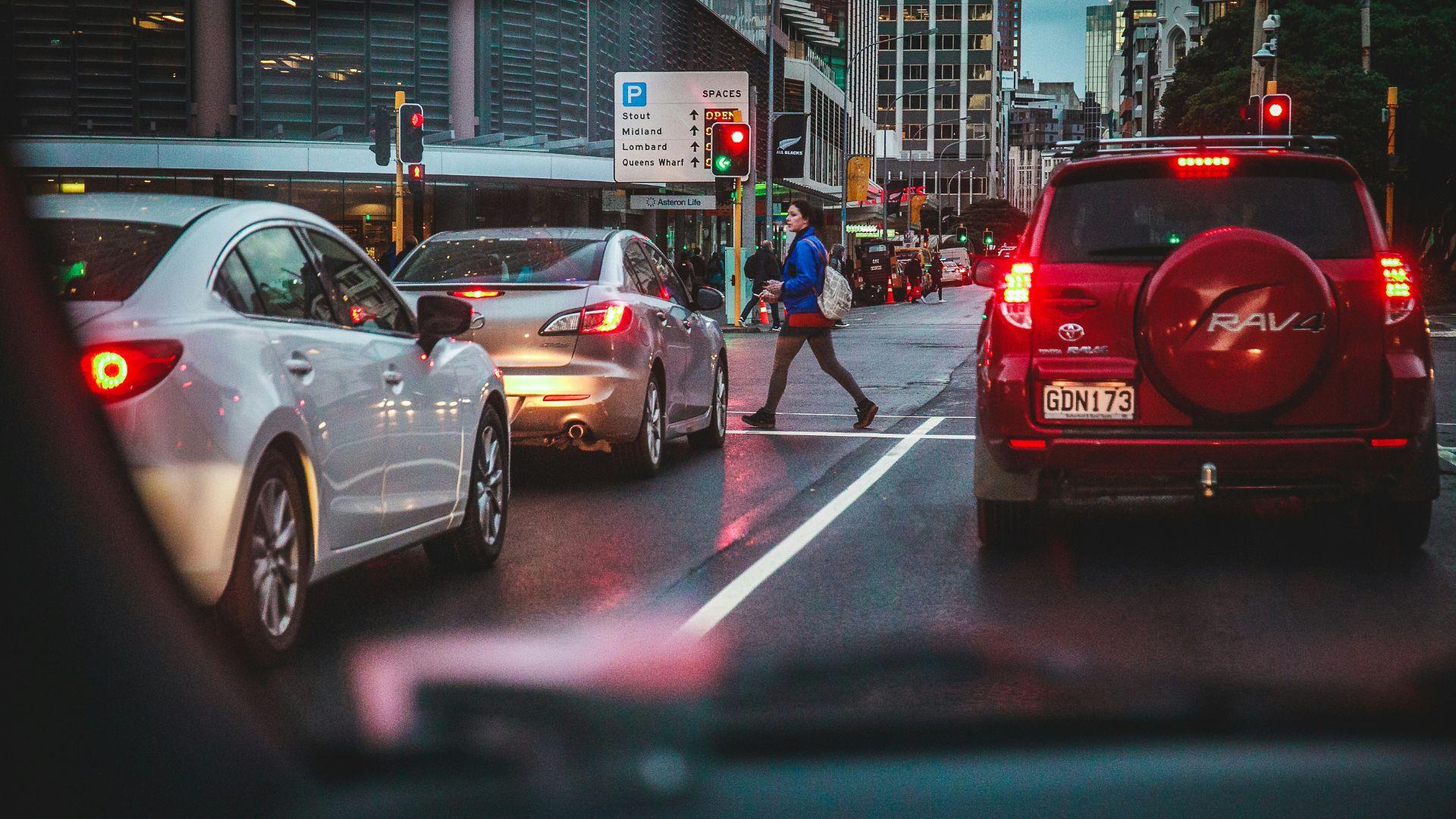
David King, an associate professor of urban planning at Arizona State University, notes to The Guardian that the dispersion of American jobs across suburbs has made car ownership even more critical, as it significantly expands job access for individuals.
The reliance on cars for commuting highlights the necessity of making cars more affordable to ensure that people can maintain employment and access economic opportunities.
The Future of Car Affordability

Bloomberg reports that Charlie Chesbrough, a senior economist at automotive researcher Cox, suggests there is a promising shift towards normalcy in new-car inventory levels, hinting at a less competitive market for buyers in 2024.
Despite this positive trend, significant hurdles remain due to high car prices and interest rates. However, the Federal Reserve’s anticipation of lower interest rates in 2024 offers additional hope, signaling a move towards making car ownership more financially feasible for a broader spectrum of Americans.
